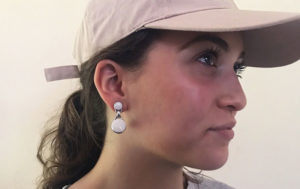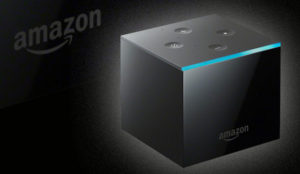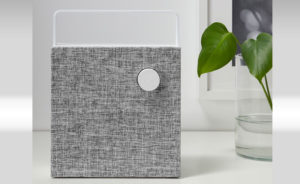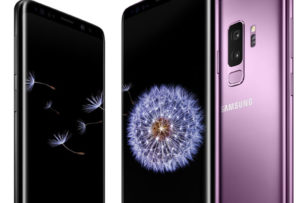
Instagram has dipped its toes into private-photo and video messaging waters. Instagram Direct allows the community’s more than 150 million monthly active users to send photos and videos within a group.
The process of sending a private message works just like posting a photo or video publicly: Take a new photo or upload an existing one, slap on a filter and effects, and add a caption and tags. Instead of sharing the photo on your public profile, however, you can tap the Direct option at the top of the screen, and share the image or clip with up to 15 contacts. Such posts can’t be shared to other social networks.
Group Sharing
“One of the things we’ve actually seen — not so much with Facebook, but I think is being pushed forward with Google+ — is the ability just to share within specific groups,” Alan Webber, technology industry analyst at Asymmetric Insights, told TechNewsWorld. “One of the things that Instagram is really pushing forward is sharing with specific groups. I think direct messaging is part of that.”
The recipients will see a push notification, as they would for a comment, like or new follower. Senders can see who’s viewed the photo or video, find out who’s liked it, and see friends commenting on the post in real time.
Pending Messages
To cut down on spam, the new feature shifts all photos and videos sent by someone a user is not following to a label called “Pending” within the in-box. A user can then choose whether or not to view the photo or video that person sent. Once a user accepts a request, future photos and videos from that sender will show up directly in the in-box, though access can be revoked at any time.
The feature plays into Instagram’s shift to a complete visual communication platform. Although it once was the domain of top photographers, users are now just as likely to see a screen shots of notes on their phones.
Instagram Direct is intended to take the communication aspect of Instagram private, allowing users to interact away from the community’s traditional public sphere.
Thriving Competition
The announcement of Instagram Direct comes at a time when Snapchat is thriving. Snapchat allows users to send each other images that disappear within a few seconds after they’re opened.
The Instagram news also comes on the heels of Twitter’s Wednesday announcement that it would allow users to send photos to each other through direct messaging.
An internal messaging feature might make sense for Instagram to keep people using the app longer and stop them flocking to Snapchat — which Instagram’s parent company Facebook tried to buy for US$3 billion, incidentally — or to instant messaging apps like Kik or WhatsApp.
Emulating Competitors
“Snapchat is extremely popular right now, especially with high schoolers. Even tweens are jumping on Snapchat,” Lon Safko, social media expert at Extreme Digital Marketing, told TechNewsWorld.
“It’s absolutely natural that [Instagram] would see that and try to compete and get additional memberships by having that type of system,” Safko continued.
“All of the successful companies are looking at the other successful companies, seeing which part of the technologies are successful, then emulating those systems really just to steal members. The more members, the more you can advertise, and the more it converts to revenue,” he pointed out.
“This is part of Facebook’s move to become more the center for digital relationships and digital communication,” Asymmetric Insights’ Webber argued. “I don’t think they’re coming out as fast as they could or should, given some of the other new technologies that are out there. I think it’s important from that perspective to keep people still attached to the platform, and this is part of doing that.”
Where’s the Money?
Despite the feature’s capacity to keep people hooked on using Instagram for longer, it’s unclear whether Instagram can directly make money from it.
“Right now, I don’t see any way for them to generate revenue [from this],” Webber said. “I think this is an innovation piece that just makes sense in order to be able to keep or control their own current market share.”




















































